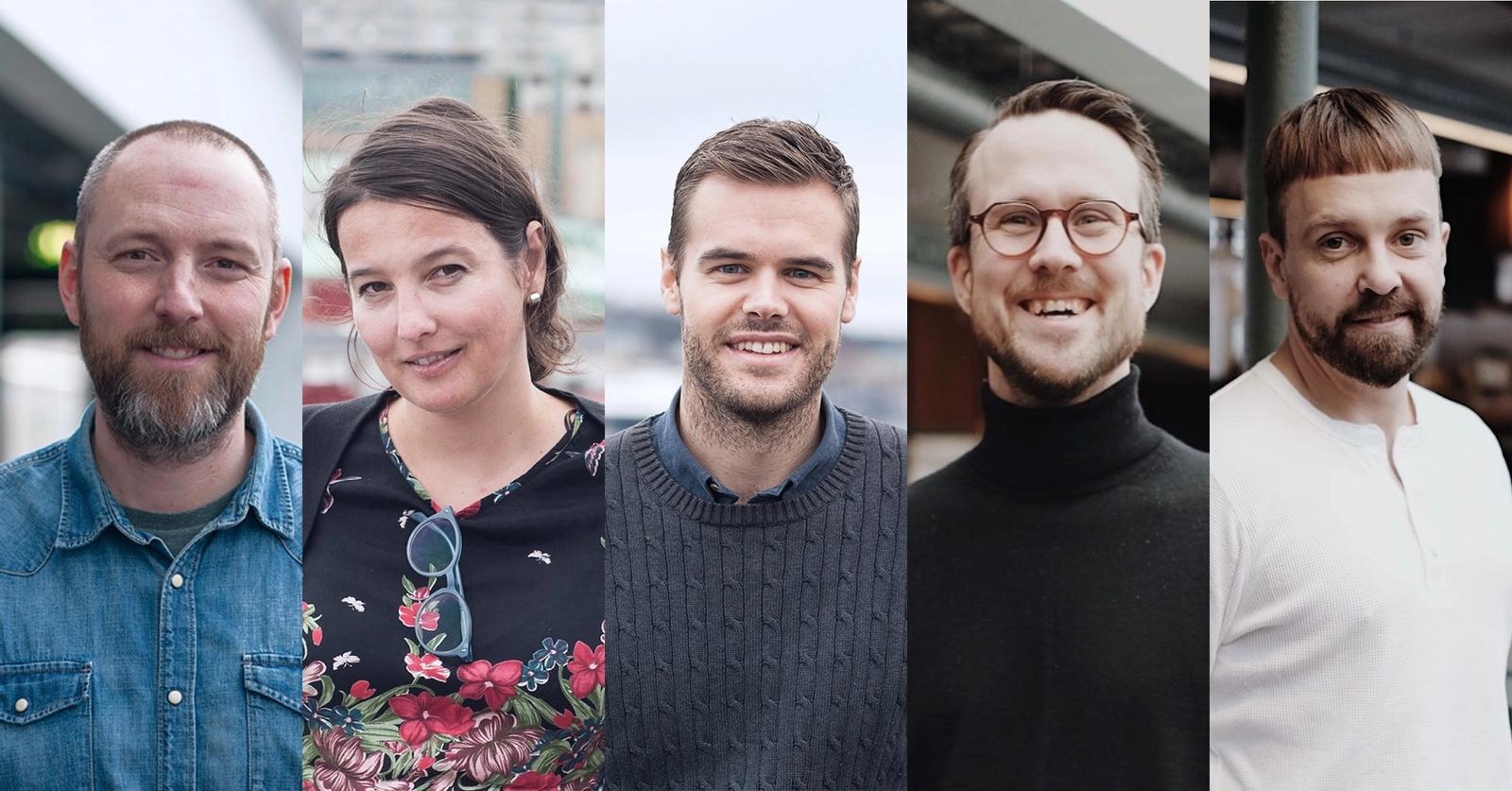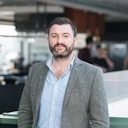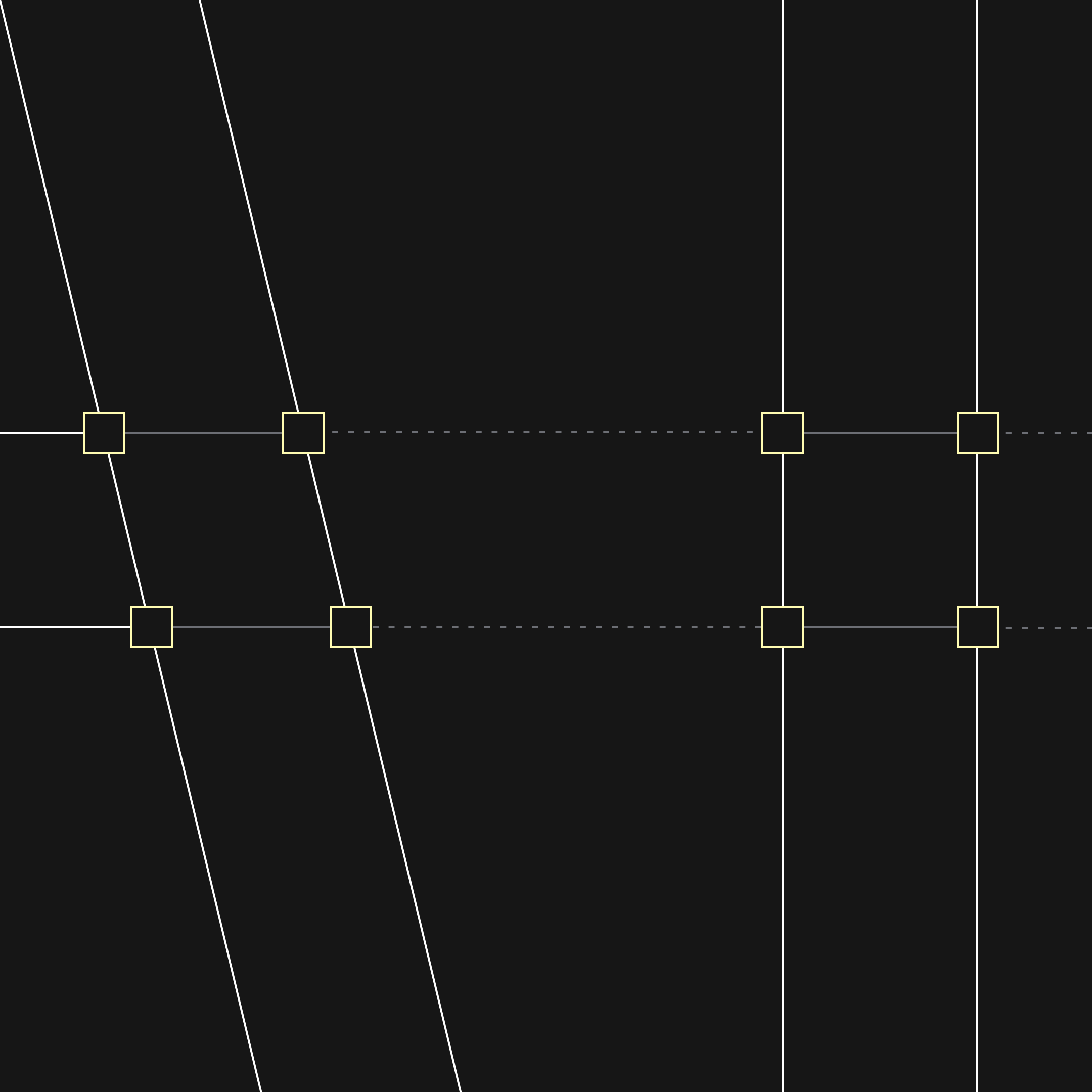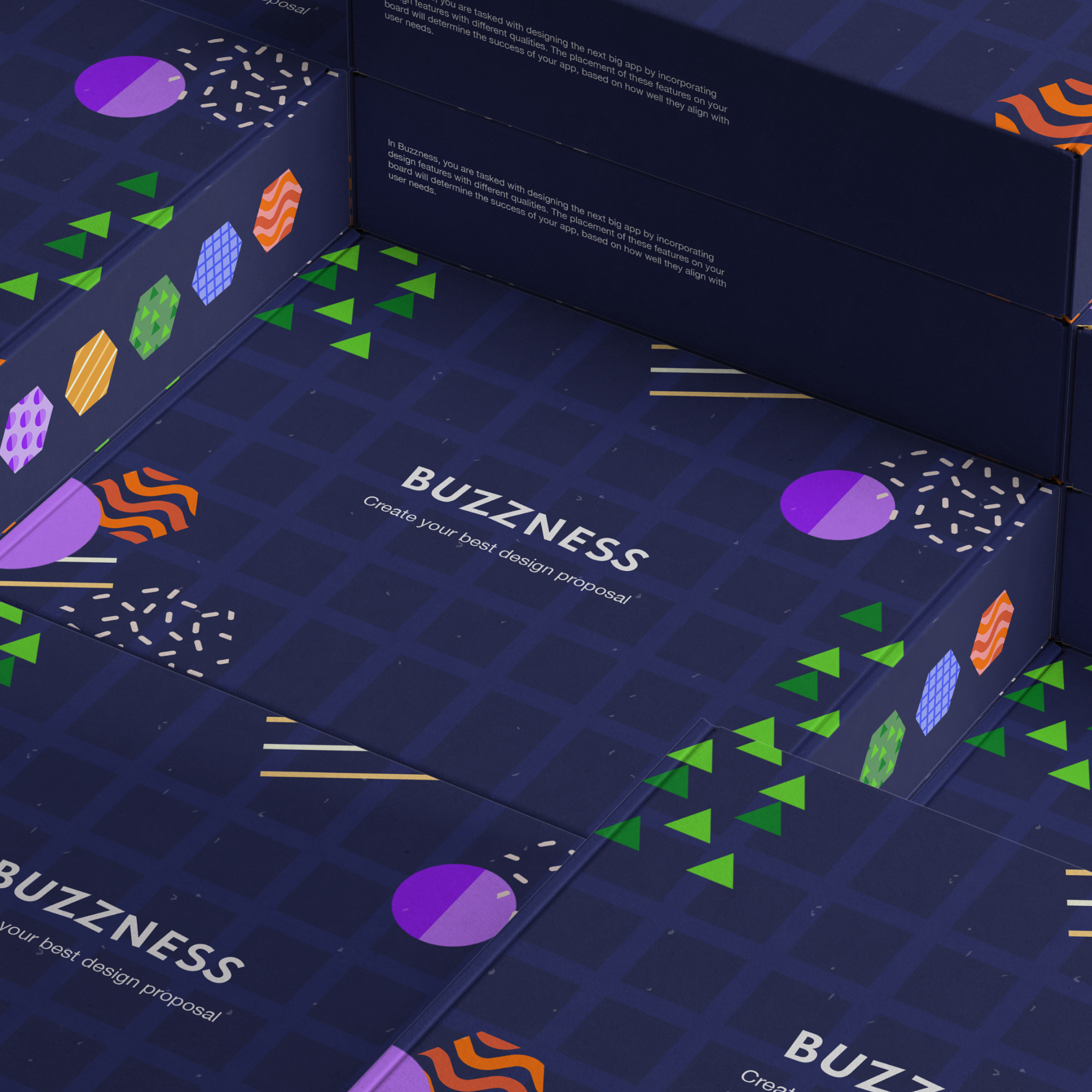Get closer to our Service & Business Design Team
If you’ve followed our Humble company for a while you’ll know we’ve strengthened the team within service and business design in the last couple of years.

If you’ve followed our Humble company for a while you’ll know we’ve strengthened the team within service and business design in the last couple of years.
What does this mean for our customers?
- It means we’re tackling ever-bigger and wider challenges together with customers. Industry challenges, cross-industry challenges and much more.
- It means our ability to explore, experiment fast, and create new services is strengthened.
- Our Humblebee DNA ensures we go beyond just “the process”. Workshops, role-play, playful board games, card sorting, innovation labs & forests of post-it notes are all well and good (and often useful) but we’re only happy when we actually build digital services…
- …and when we get those services to market. We ideate, validate, develop and take to market outstanding (digital) services.
1–2–1 with the Humblebees
A huge amount of people apply for jobs here at Humblebee, which makes us both extremely happy and very humbled. We’re delighted so many folk seem to appreciate we’re trying to work a little differently to all the others and create a great environment for staff.
We thought it would be nice to introduce you to our team, to let each person answer a few questions. So welcome to…
10 in 5.
10 Questions in 5 Minutes for David Joelsson
We’re starting with the service / business designers, so we’ll kick off with David and go around the team. Enjoy!

Hello David. How the devil are you?
I am great! Like I always am after Humblebee Monday morning breakfast!
- What do you do at Humblebee?
I’m a business designer and I’m currently in charge of our student lab Hive. - Can you tell us exactly what a Business / Service Designer at Humblebee does?
I manage projects, do field research to map customer journeys, facilitate design sprints and other workshops. That is basically the same as our service designers ,the difference is our backgrounds. I have more experience in business models and organisational change. Our service designers are more skilled in user interactions and have more knowledge about the digital domain. Some projects are good with either a business designer or a service designer, some need both competences. Every project is unique. Other than that, I also hunt for new customers and partners. - How come you ended up working with Business / Service Design?
When I was about 17 I realised that I wouldn’t become a professional Hockey player, and design was my second choice. I didn’t know what kind of design at that point, but after my bachelor I was sure that I wanted to work with furniture design and go to the Milan fair. I got a job designing kitchen interiors and I got to go to Milan! I didn’t like the fair or the job, and I realised that I didn’t like interior design. Luckily enough the recession came and freed me from my job and I started to study Business and Design in Gothenburg. That is how I found my field of design. After that I founded and ran a business design studio, done academic research on service design and service innovation and now I’m here. - Tell us about one project you’re particularly proud of…
We recently did a project for Volvo cars in Shanghai where we designed a new service for electric vehicle charging. I think we did a great job of getting a very diverse group of people to work together. Senior people, junior talent, both with quite different professional backgrounds and ways of working. Add to that the cultural differences between China, the US and Sweden. We ended up with a lot of new friends and a great first prototype. Can’t tell much more than that at this point, since the development is ongoing. - Do you have one good tip for a tool you love, or perhaps a book or resource you highly recommend?
Tim Brown’s Change by Design gives a lot of examples from Ideo’s way of working. It covers that basics of design thinking. Business models generation, This is service design thinking and This is service design doing is full of good hands-on methods. All these books are good starting points. For new stuff I follow easy to read academic literature like Harvard Business Review. Steinar Kvale’s books about research interviews are also great. Still, books will not take you all the way. Start doing things and you will eventually become a good designer. - What do you do to make sure you continue to grow as an expert within Business /Service Design ?
I do two things to grow as business designer. First, I design services and business models with my fellow Humblebees and our customers, and I do that over and over again. All design work is really based on practical skills. It’s like playing the piano or football or making a sculpture. You can’t read a book and think that you will be a great designer after that. It is all about continuously training your skills. The second thing I do is to search for inspiration from other fields. Right now I’m into anthropology and the social role of material objects. We tend to think about humans as social beings and objects as dead tools. Yet, all social situations are fundamentally different compared to the days before the smartphone. That is interesting. (right?) I’m intrigued by how anthropologists capture and explain cultural processes. I think business designers have a lot to learn from them, for example when it comes to understanding relations between stakeholders. The french anthropologist Bruno Latour has studied social situations by following objects. I think that is something we should do, so I’m working on condensing his way of working into a service design method. We have tested it, and I think we are on to something. - It’s a fairly new sphere (Business / Service Design), how will Business / Service Design evolve in the future?
I think we will see more use of quantitative data in service design. Service designers need to find a way to use statistics in their project without losing the qualitative approach to empathise with the user. Also, circular business models and circular economy in general is a huge trend and I believe service and business designers can play a huge part in this. That will mean that we have to attack challenges not only from a user perspective, but also from a system perspective. I think the coming years will be really interesting for we business and service designers. - Do you have any advice for people starting out their career and considering Business Design?
Ask yourself what it is that you like about business design, and try to explain it so your semi-senile grandfather would understand. I think that will help you find the core of what you want to do. That is good to know when business design is no longer the right buzz word. Other than that. Just start doing stuff. Be brave. Contact people. - If you could give a company one piece of advice (from a business / service design perspective)… perhaps a recurring error you have seen from your career… what would that be?
Start with observing the customer’s experience. And I do not mean mapping up the customer journey on a whiteboard. Get out to where your product or service is used. Look, listen, and learn. That piece of advice has been the same my entire career, and I keep repeating it.






